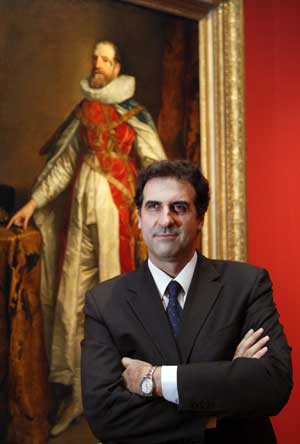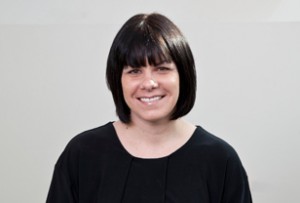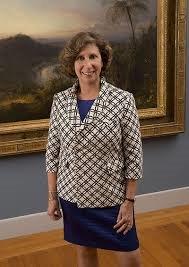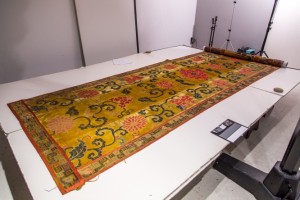The National Gallery in London was expected to announce a replacement for Nicholas Penny, the director, before Christmas, and I understand that the person has been chosen; the name must now simply go through political channels, with approval by Prime Minister David Cameron, before it can be announced.
 One thing is for sure, though: it’s not going to be Luke Syson, the curator of European sculpture and decorative arts at the Metropolitan Museum, who openly sought the job and, some sources tell me, thought he had it in the bag, thanks to his friendship with a trustee or two. Some weeks ago, according to several sources, Syson took himself out of the running. His interview apparently did not go well, for one thing, and I’ve heard that when he realized that he had no chance to get the job, he decided to withdraw and stay in New York, rather than return to the NG, where he had been Curator of Italian Paintings before 1500 and Head of Research. (Syson has been at the Met for two full years, and something of a disappointment to the many who expected him to produce a exhibit with some of the excitement of his last at the NG, Leonardo da Vinci: Painter at the Court of Milan.)
One thing is for sure, though: it’s not going to be Luke Syson, the curator of European sculpture and decorative arts at the Metropolitan Museum, who openly sought the job and, some sources tell me, thought he had it in the bag, thanks to his friendship with a trustee or two. Some weeks ago, according to several sources, Syson took himself out of the running. His interview apparently did not go well, for one thing, and I’ve heard that when he realized that he had no chance to get the job, he decided to withdraw and stay in New York, rather than return to the NG, where he had been Curator of Italian Paintings before 1500 and Head of Research. (Syson has been at the Met for two full years, and something of a disappointment to the many who expected him to produce a exhibit with some of the excitement of his last at the NG, Leonardo da Vinci: Painter at the Court of Milan.)
So who will it be? There are two finalists*, Gabriele Finaldi, deputy director of the Prado in Madrid (despite the title, the job is essentially the director), and Taco Dibbits, director of collections at the Rijksmuseum. If Ladbrokes offered odds on this contest, Finaldi would pay less than Dibbits. That’s what I am hearing, again from numerous sources.
Aside from having spent 10 years at the NG as a curator, Finaldi has an edge because of his fabulous track record at the Prado. He was educated in the U.K. (Ph.D. from the Courtauld), knows the collection well, was seriously considered last time (when Penny got the job), and has many excellent exhibitions to his credit.
Dibbits also has a U.K. doctorate, from Cambridge, but he worked at Christie’s before joining the Rijksmuseum in 2002. There, he helped develop plans and layouts for the new Rijksmuseum, and he guided the purchase last month of the Adrien de Vries Bacchic Figure Supporting the Globe for $27.9 million at Christie’s.
Two other candidates, Emilie Gordenker, director of the Mauritshuis, and Axel Ruger, director of the van Gogh Museum, are no longer in the running, I’m told. Ruger, however, is a contender at a different museum, more about which in the future.
A caveat to all of this: I don’t have a direct line to Cameron or the NG trustees, but when one hears the same things from several sources who are not in the same circles you can usually assume that what you are hearing is close to the truth, if not the truth itself.
*UPDATE, 1/5: When I wrote this yesterday, I left out John Leighton, director of the Scottish National Galleries, who was definitely considered for the job, but–according to more than one source–decided that he would rather stay in Edinburgh. Now, I hear that he remains in contention.
This could be true for one good reason: I had heard that NG trustees felt that both Finaldi and Dibbits had flaws; it is conceivable that they chose Leighton as a compromise.




